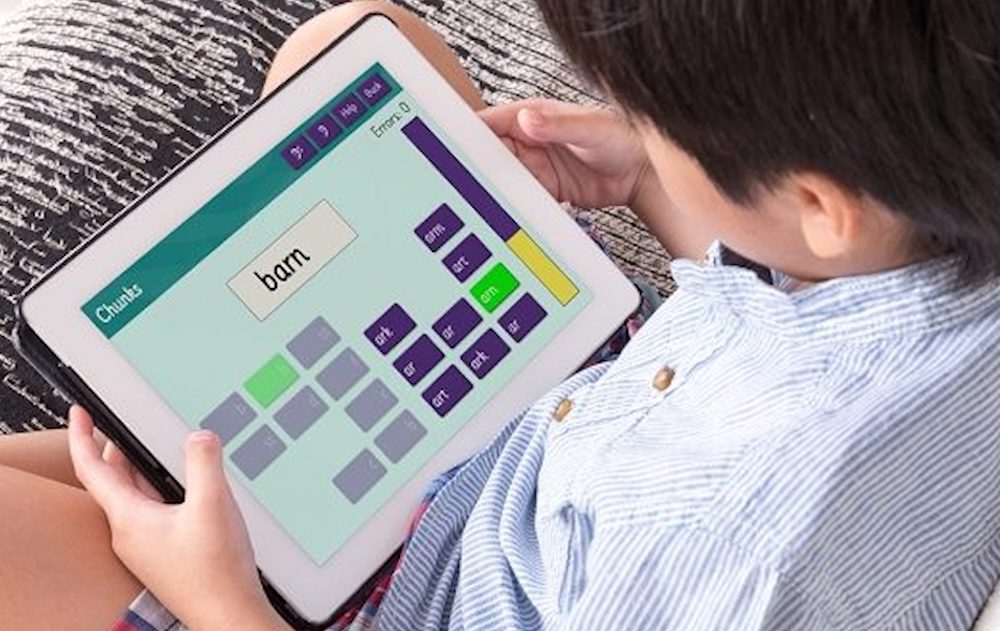
The Australian and Queensland Governments are co-funding a $1.88 million pilot program in Queensland state schools to reduce teacher workloads.
The program is employing 11 specialist staff to support teachers and principals across 33 schools.
Read the latest print edition of School News HERE
The new staff will manage workplace health, safety and wellbeing administrative workloads, taking the load of teachers and enhancing the delivery of this important work. This will mean teachers are spending less time on admin and more time doing what they do best, teaching students in the classroom.
Commonwealth funding, under the Workload Reduction Fund, will be matched with equal co-investment from the Miles Government to implement the pilot. Schools have identified workplace health, safety and wellbeing as areas contributing to increasing workload. At the end of this year, participating schools will assess whether having dedicated staff in schools to undertake these tasks has reduced administrative burden.
Queensland Education Minister Di Farmer said this was an exciting project. “This pilot will see what impact having specially trained support staff, working alongside teachers and principals, has on freeing them up to spend more time teaching.
“The safety and wellbeing of our education staff and students is a priority. Investing in expert support like this new pilot program for our teachers and principals will enhance the management of risks, improving safety and support for the school community.”
Around 12,375 teachers and teachers’ aides have resigned in Queensland since 2020. This has caused an increase in teacher workload, and in some areas, a ballooning of class sizes. The effects of the teacher shortage are more pronounced in regional areas.
In February, stop-work action by Queensland Teacher’s Union members at North Rockhampton, Sarina and Biloela State High Schools was narrowly avoided. The industrial action was in response to years of teacher vacancies, which are taking a toll on teachers and school leaders struggling to provide their students with the education expected by the Department of Education.
QTU President Cresta Richardson said teachers and school leaders were sacrificing professional development, non-contact time, career opportunities and collegial engagement due to their excessive workloads.
“Ongoing teacher vacancies have seen oversized classes, classes doubling up to cover emergent leave, teachers taking a range of subjects outside their areas of expertise, beginning teachers receiving less support from experienced staff, even some classes being temporarily covered by supervision only,” Ms Richardson said.
“School leaders are taking on teaching loads outside of their expected duties, which in turn means they are working extended hours on weekends and leave periods to catch up on their administrative responsibilities, including recruiting staff, juggling operational arrangements to cover teacher absences and shortages, and focusing on student learning and behaviour.”
Ms Richardson said The QTU welcomed the pilot for WHS support in Queensland schools. “Our members have advised that this is a matter of intense workload and anticipate that this additional resource will be a step to address this.
“We will continue to work with the department and government to gauge the success of the pilot. We are hopeful that this additional support to be rolled out to all schools.”
The pilot has been co-designed with key education stakeholders, including principal associations and unions. It is part of Action 12 of the National Teacher Workforce Action Plan, which was agreed to by Education Ministers in December 2022.
The 33 state schools involved in the pilot include secondary, primary and special schools, across Queensland. The selection process included a cross-section of schools, including those with large and diverse facilities, smaller schools, and schools with a health and safety advisor in a teaching or principal role.







